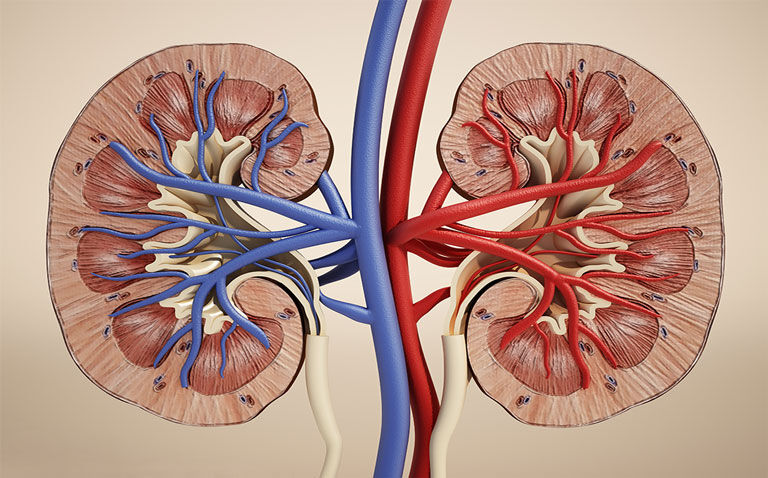The recent development of a human kidney cell atlas will help researchers better understand the factors contributing to disease states and provide a critical foundation to help discover new treatments for acute kidney injury and chronic kidney disease.
In the study, published in the journal Nature, a team of US researchers developed a kidney tissue atlas consisting of 51 main cell types including rare and novel cell populations and 28 cellular states indicative of injury or disease.
The atlas also serves as a repository of raw gene data and interactive 3D models of cells and microenvironment relationships. It was created from 45 healthy donor organs and 48 kidney disease biopsies and allows for the comparison of healthy and injured cells.
Kidney atlas
Researchers applied multiple single-cell and single-nucleus assays and spatial imaging technologies to both healthy and diseased kidneys. This provided a high-resolution cellular atlas of 51 main cell types, which included rare and previously undescribed cell populations. The multiomic approach detailed transcriptomic profiles, regulatory factors and spatial localisations spanning the entire organ.
With the data, the researched were able to define 28 cellular states across nephron segments and interstitium that were altered in kidney injury, encompassing cycling, adaptive (successful or maladaptive repair), transitioning and degenerative states.
The identification of molecular signatures also allowed researchers to determine the location of these states within the injury neighbourhoods using spatial transcriptomics. Furthermore, large-scale 3D imaging analysis of around 1.2 million neighbourhoods provided corresponding linkages to active immune responses.
Taken together, the analyses enabled researchers to define the biological pathways that are relevant to injury time-course and niches, including the signatures underlying epithelial repair that predicted maladaptive states associated with a decline in kidney function.
The atlas is part of the Kidney Precision Medicine Project (KPMP) and, according to Dr Eric Brunskill, KPMP program director, ‘represents open, public science at its best‘.
He added: ‘With the atlas, we’ve created an interactive, hypothesis-generating resource for kidney disease investigators and clinicians around the world.‘
This follows the recent development of a comprehensive heart cell atlas, which offers new and unique insight into heart cells and function.










